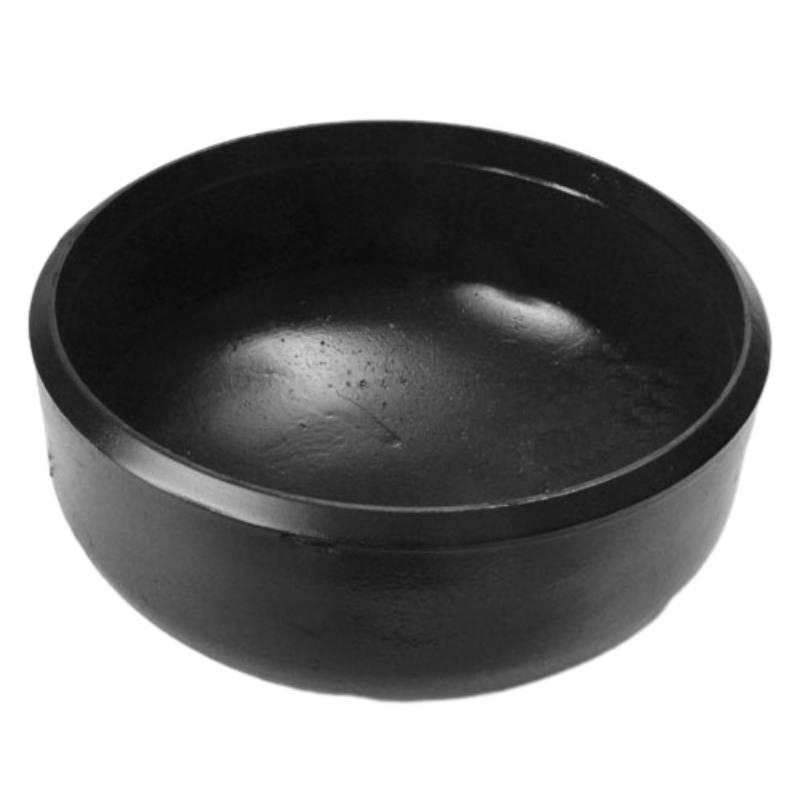-
Cangzhou Yulong Steel Co., Ltd.
-
Phone:
+86 13303177267 -
Email:
admin@ylsteelfittings.com
- English
- Arabic
- Italian
- Spanish
- Portuguese
- German
- kazakh
- Persian
- Greek
- French
- Russian
- Polish
- Thai
- Indonesian
- Vietnamese
- Zulu
- Korean
- Uzbek
- Hindi
- Serbian
- Malay
- Ukrainian
- Gujarati
- Haitian Creole
- hausa
- hawaiian
- Hebrew
- Miao
- Hungarian
- Icelandic
- igbo
- irish
- Japanese
- Javanese
- Kannada
- Khmer
- Rwandese
- Afrikaans
- Albanian
- Amharic
- Armenian
- Azerbaijani
- Basque
- Belarusian
- Bengali
- Bosnian
- Bulgarian
- Catalan
- Cebuano
- China
- China (Taiwan)
- Corsican
- Croatian
- Czech
- Danish
- Esperanto
- Estonian
- Finnish
- Frisian
- Galician
- Georgian
- Kurdish
- Kyrgyz
- Lao
- Latin
- Latvian
- Lithuanian
- Luxembourgish
- Macedonian
- Malgashi
- Malayalam
- Maltese
- Maori
- Marathi
- Mongolian
- Myanmar
- Nepali
- Norwegian
- Norwegian
- Occitan
- Pashto
- Dutch
- Punjabi
- Romanian
- Samoan
- Scottish Gaelic
- Sesotho
- Shona
- Sindhi
- Sinhala
- Slovak
- Slovenian
- Somali
- Sundanese
- Swahili
- Swedish
- Tagalog
- Tajik
- Tamil
- Tatar
- Telugu
- Turkish
- Turkmen
- Urdu
- Uighur
- Welsh
- Bantu
- Yiddish
- Yoruba

Oct . 18, 2024 11:12 Back to list
Exploring Various Welding Techniques Used in Piping Systems
Types of Welding in Piping A Comprehensive Overview
Welding is a fundamental process in the construction and maintenance of piping systems across various industries, including oil and gas, water treatment, power generation, and chemical processing. The choice of welding method can significantly affect the strength, durability, and quality of the final product. This article provides an overview of the most common types of welding used in piping applications, highlighting their unique characteristics, advantages, and suitable applications.
1. Shielded Metal Arc Welding (SMAW)
Also known as stick welding, Shielded Metal Arc Welding (SMAW) involves the use of an electrode coated with flux that protects the weld pool from contamination. This method is versatile and can be employed in various positions, making it ideal for fieldwork, especially in situations where other methods might not be feasible. SMAW is commonly used for carbon steel pipes but can also be applied to stainless steel and other alloys. The main advantage of SMAW is its portability; it requires minimal equipment, allowing welders to work in remote locations easily.
2. Gas Tungsten Arc Welding (GTAW)
Gas Tungsten Arc Welding, or TIG (Tungsten Inert Gas) welding, utilizes a non-consumable tungsten electrode to produce the weld. An inert gas, typically argon, shields the weld area from atmospheric contamination. GTAW is known for producing high-quality welds with excellent aesthetic appearance and minimal defects. While it requires a higher level of skill and can be slower than other methods, it is particularly valuable in applications where precision and cleanliness are crucial, such as in the aerospace and food processing industries. It is often employed for stainless steel and other non-ferrous metal pipes.
3. Gas Metal Arc Welding (GMAW)
types of welding in piping

Gas Metal Arc Welding, commonly referred to as MIG (Metal Inert Gas) welding, is a popular method for fabricating piping systems due to its speed and efficiency. This process uses a continuous wire feed as an electrode that also acts as filler material, combined with an inert gas shield to protect the welding arc. GMAW is particularly effective for welding thin-walled materials and is widely used on carbon steel, stainless steel, and aluminum pipes. Its advantages include high welding speed and the ability to automate the process, making it suitable for mass production.
4. Flux-Cored Arc Welding (FCAW)
Flux-Cored Arc Welding is similar to GMAW but uses a tubular wire filled with flux instead of a solid wire. The flux generates a shielding gas when heated, protecting the weld pool from contamination. FCAW can be performed with or without the use of a shielding gas, allowing it to be effective for outdoor welding applications and in windy conditions. This method is predominantly used for welding thick sections of steel pipes and is common in the construction and shipbuilding industries. Its high deposition rate and ability to work in diverse environments make it a favorable option for heavy-duty applications.
5. Submerged Arc Welding (SAW)
Submerged Arc Welding is a highly efficient and high-speed welding process where an arc forms between a continuously fed electrode and the workpiece. The weld zone is submerged under a blanket of granulated flux that protects it from contamination and helps to retain heat. SAW is particularly well-suited for thick-walled pipe fabrication and is commonly employed in manufacturing large-diameter pipes. The primary advantages of SAW include deep penetration, high deposition rates, and minimal fume and spatter, resulting in cleaner welds.
Conclusion
Welding is an essential aspect of piping construction, with various methods available to suit different materials, thicknesses, and project requirements. Each welding technique possesses its unique advantages and applications, from the versatility of SMAW to the precision of GTAW. Understanding the differences between these methods enables engineers and fabricators to choose the most appropriate welding process for their projects, ensuring the integrity and longevity of piping systems in demanding environments. As industries continue to evolve, advancements in welding technology will further enhance the quality and efficiency of piping installations.
Latest news
-
ANSI 150P SS304 SO FLANGE
NewsFeb.14,2025
-
ASTM A333GR6 STEEL PIPE
NewsJan.20,2025
-
ANSI B16.5 WELDING NECK FLANGE
NewsJan.15,2026
-
ANSI B16.5 SLIP-ON FLANGE
NewsApr.19,2024
-
SABS 1123 FLANGE
NewsJan.15,2025
-
DIN86044 PLATE FLANGE
NewsApr.19,2024
-
DIN2527 BLIND FLANGE
NewsApr.12,2024
-
JIS B2311 Butt-Welding Fittings LR/SR 45°/90° /180°Seamless/Weld
NewsApr.23,2024











